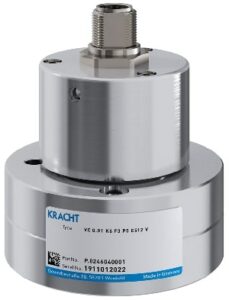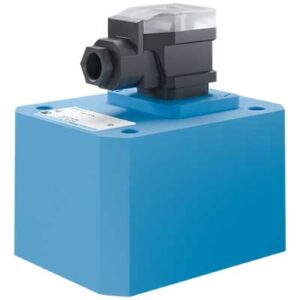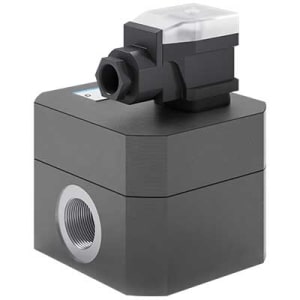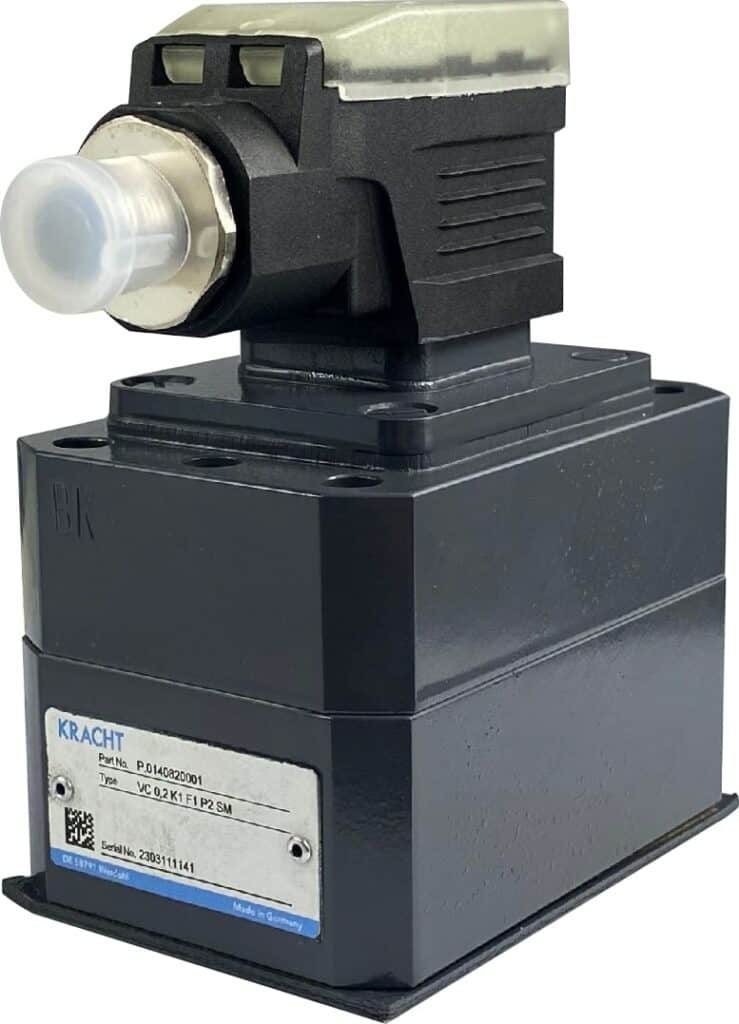Flow meters
From now on, you can find our range of Kracht GmbH gear type flow meters in our online-shop!
Startseite » Fluid Technology » Gear type flow meters
A flow meter is an instrument designed to measure the mass or volumetric flow rate of gases or liquids. The primary purpose of a flow meter is to quantify the flow of gases or liquids between two points in a process. In some cases, it is also necessary to control or regulate the flow. This is achieved by combining a flow meter with a valve, creating a flow controller. With a flow controller, not only can the flow be measured, but it can also be actively controlled to adjust the flow rate accordingly.
The results provided by a flow meter can offer valuable insights into the process. They enable a better understanding of the process and the ability to make informed decisions regarding product quality, process speed, and cost reduction. By monitoring and, if necessary, controlling the flow, process efficiency can be optimized, and potential bottlenecks or performance issues can be detected early on.
Principle of operation of a flow meter
There are two fundamental types of fluid measurement – volumetric and mass flow measurement. Particularly in the case of gases, volumetric flow measurement depends on temperature and pressure and is expressed in volume units such as ml/min or m3/h. Mass flow measurement, on the other hand, utilizes mass units such as kg/h or g/min. Since gas is compressible, mass flow can also be specified in standardized volume units, such as mls/min or m3n/h. Therefore, the basic decision is made between choosing a volumetric flow meter or a mass flow meter.
Examples of Flow meter applications
Flow meters are commonly used in a wide range of applications. Here is a selection of examples:
- Flow meters for gas chromatography
- Flow meters for medical applications
- Flow meters used in the food industry for processing sugar beets
- Flow meters for water treatment
Selection criteria for a flow meter
Accuracy of the flow meter: The accuracy of a flow meter indicates how closely the measured values align with the actual value. These deviations are often specified in a calibration certificate for flow meters. Accuracy is typically expressed as a percentage, such as ±1%. It is important to note that not all flow meters offer the same level of accuracy, and not all applications require the highest possible accuracy. However, high accuracy is significant in quantitative research and development or catalytic applications.
Repeatability of the flow meter: The repeatability of a flow meter refers to its ability to consistently provide the same measurement results under the same conditions. This means that the flow meter should display the same values when subjected to the same variables and conditions. Repeatability is also expressed as a percentage, for example, ±1%. Repeatability plays a crucial role, especially in burner applications, where precise and consistent flow measurement is essential for efficient combustion.
It is important to consider these criteria when selecting a flow meter, as they directly impact the reliability and suitability of the instrument for specific applications.
Gear type flow meters of the KRACHT GmbH
VC-Version:
The measuring mechanism of a flow meter consists of two highly precise gears driven by the fluid flow using the displacement principle. These gears run nearly contact-free in the measuring chamber and are supported by low-friction ball or sliding bearings. Due to this measuring principle, no straightening sections are required at the inlet and outlet, allowing machines and systems to be designed more compactly. Additionally, all moving parts are lubricated by the measured medium.
The gear movement is typically detected by two non-contact sensors located in the cover of the flow meter. With each rotation of the measuring mechanism by one tooth pitch, a signal is generated by each sensor, corresponding to the so-called geometric tooth volume Vgz. The two-channel scanning enables higher resolution of the measured values as well as flow direction detection.
VCA-Version:
The movement of the gears is detected non-contactly by sensors, either one or two, placed in the cover. With each rotation of the measuring mechanism by one tooth pitch, a signal is generated per sensor, corresponding to the geometric tooth volume Vgz. To process the sensor signal, a preamplifier is integrated into the connector of the flow meter. It converts the sensor signal into a square wave signal, which serves as the output signal. The two-channel scanning allows not only higher measurement resolution but also flow direction detection.
VC 0,01 with Encoder Version:
The encoder version of the flow meter provides impressive measurement resolution. Compared to standard sensors, encoders are capable of generating a significantly higher number of pulses, thereby greatly enhancing the measurement resolution. With VC flow meters equipped with encoders, up to 2500 pulses per revolution can be generated, and they also allow for flow direction detection. Similar to the standard versions, encoders deliver square wave signals to the evaluation electronics for processing the measured values. These powerful encoders thus offer a substantial improvement in measurement resolution and enable more precise flow measurement in various applications.

Purchase KRACHT GmbH gear type flow meters at PACH Systems.

VC-Gear type flow meter

VCA / VCG-Gear type flow meter
- High-precision measurements with excellent repeatability
- Low flow resistance
- Bi-directional flow capability
- No need for straightening sections
- Extended temperature range
- High pressure resistance
- Low noise emission
- High-dynamic measurements
- Electronics in EMC-compliant design
- RoHS-compliant



